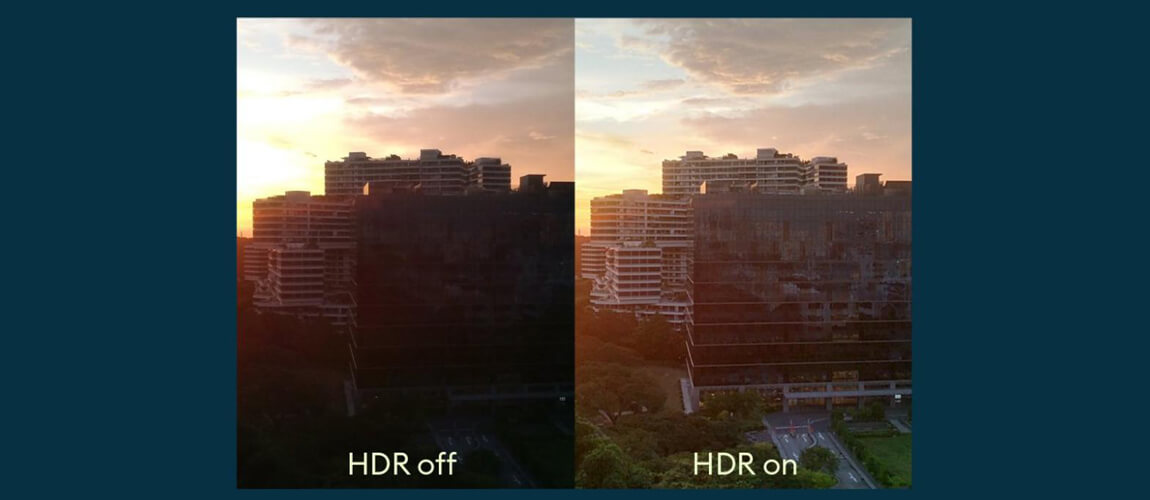The iPhone, released by Apple in 2007, is widely considered as the birth of the modern smartphone. Since then, Apple has followed the first model with a new model almost every year with new hardware and software upgrades. However, what is often ignored is the fact that closely coming up with Apple’s iPhone and its iOS has been Google’s Android mobile operating system. Currently, Android owns the largest market share of the smartphone operating systems and is the go-to OS choice for any upcoming or veteran brand’s new offering.
One of the reasons for Android’s popularity has been its decision not to close itself end-to-end, a la proprietary OS like iOS. Parent company Google’s decision to let other companies use its Android OS has led to it being the most used mobile OS in the world. Android has gone through various developmental iterations through the years, functionality-wise as well as aesthetic-wise. Each new update has also brought new functionalities to the built-in apps that come preloaded with any Android installation, like camera, messages, and YouTube.
Google recently launched a new update for its proprietary camera app that can prove to be one of the biggest ones that have come along. The ‘Camera Go’ is a lighter version of the ‘Google Camera’ that is designed with budget phones and their limited hardware and software capabilities. Now, this app also allows for HDR mode to enable the camera on the smartphone to capture more details and vibrant colors of the scenery in front of it. This is a most sought after functionality that is mostly presented in higher-end smartphones that have a better camera.
The introduction of the HDR mode for budget smartphones with lower-end specifications is a huge achievement for Google’s hardware research department. Google has already tasted significant success with its camera on its own Pixel smartphone series. Now the high-end camera functionality is available to budget smartphones under which the camera module will not limit users.
